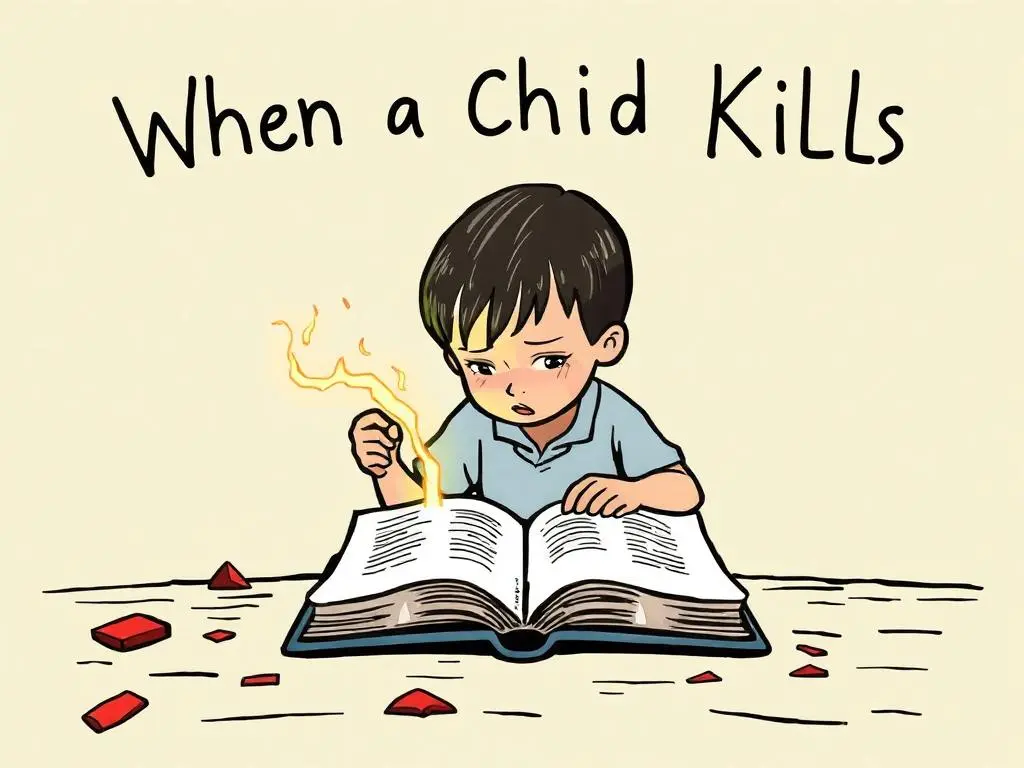For Fans of Ivan, the Answer to What About Bob?

Outsider stories resonate strongly with children: Even the luckiest of us start life in a land of giants where doorknobs and cookie jars hover beyond reach and adults call most of the shots. Katherine Applegate has made a specialty of mining this emotional territory in novels that blend elements of fantasy and realism while tracking the changing fortunes of resilient outsiders — like a homeless fifth grader (“Crenshaw”) and a Sudanese refugee (“Home of the Brave”), or, most memorably to date, a silverback gorilla living in captivity as the star attraction of a squalid shopping-mall tourist destination (“The One and Only Ivan”).
In Applegate’s 2013 Newbery Medal winner, the title character, who paints and draws, recounts his life as one of a handful of inmates in a close-knit mall menagerie, raising the question of who the real outsiders are: this smart, patient gorilla and his stalwart companions (led by soulful Stella the elephant and wisecracking Bob the dog) or the gawking humans who in their arrogant self-absorption place themselves at the center of the universe.
Given the author’s talent for tapping into ape, elephant and dog psychology, it’s no wonder young readers empathize with Ivan and friends — as does Julia, the 10-year-old daughter of their mall caretaker.
Echoing “Charlotte’s Web,” Applegate devises a clever way for Ivan to trick the humans into giving the animals a better life. “A good zoo,” says weary Stella, who does not live to make the changeover herself, “is how humans make amends.”
With the Disney screen adaptation of “The One and Only Ivan” due in August, Applegate has now written THE ONE AND ONLY BOB (HarperCollins, 352 pp., $18.99; ages 8 to 12), a sequel told from Bob the dog’s point of view. Bob is the outsider’s outsider: a sassy, hard-bitten, pint-size stray. (Think Danny DeVito, who voices the character in the audio version and the upcoming “Ivan” film.) Never a captive himself, he simply chose to hang out at the mall for companionship and laughs. Several of the earlier novel’s funniest moments belong to Bob, as when he and Ivan watch an old western together on the gorilla enclosure’s TV. Waggish Bob’s bottom line: “Too many horses, not enough dogs.”
In the new book, to which Patricia Castelao has again contributed a series of spry, characterful drawings, Bob has become Julia’s pet and, despite his affection for her, is feeling torn about his loss of independence. As saucy as ever, he brags about his supersensitive nose and the “pee mail” he sends and receives, and he has harsh words for humankind for having chewed the earth into the equivalent of a “slimy dilapidated tennis ball.”
He reserves his greatest contempt for the truck driver who long ago abandoned him and his litter mates to die along a highway. He feels guilty, we learn, for probably being the sole survivor. Where was the wolf in him, he broods, when he needed him most?
Applegate’s sure grasp of the essence of dog nimbly guides the early chapters even as the balance of Bob’s inner concerns shifts decisively from canine to human with talk of guilt, cowardice, forgiveness.
About halfway into the novel, when a hurricane blows through and Julia and Bob get separated while on a visit to the zoo, the narrative takes a dramatic turn too, becoming an action-adventure story that gives Bob several chances to prove his mettle.
The hurricane sequence feels overplotted and overlong. And as it unspools, quirky Bob temporarily morphs into a blandly generic action figure. Afterward he seems happy to be home again, and glad his wandering days may be done.
Who can blame an outsider like him, having just been drenched and nearly drowned, for opting to give the indoors a try — at least until the vagabond scent of the open road next wafts his way.




